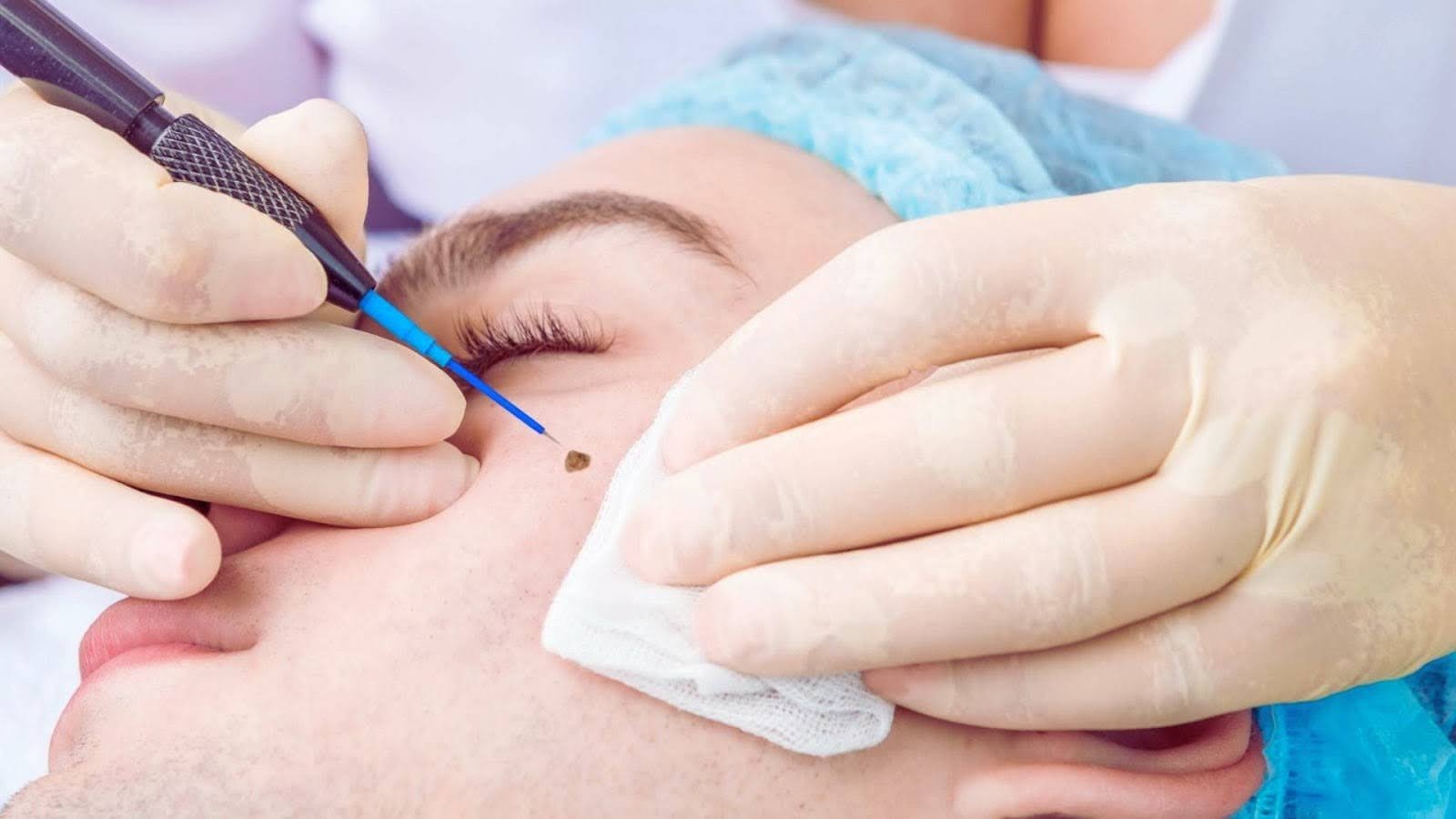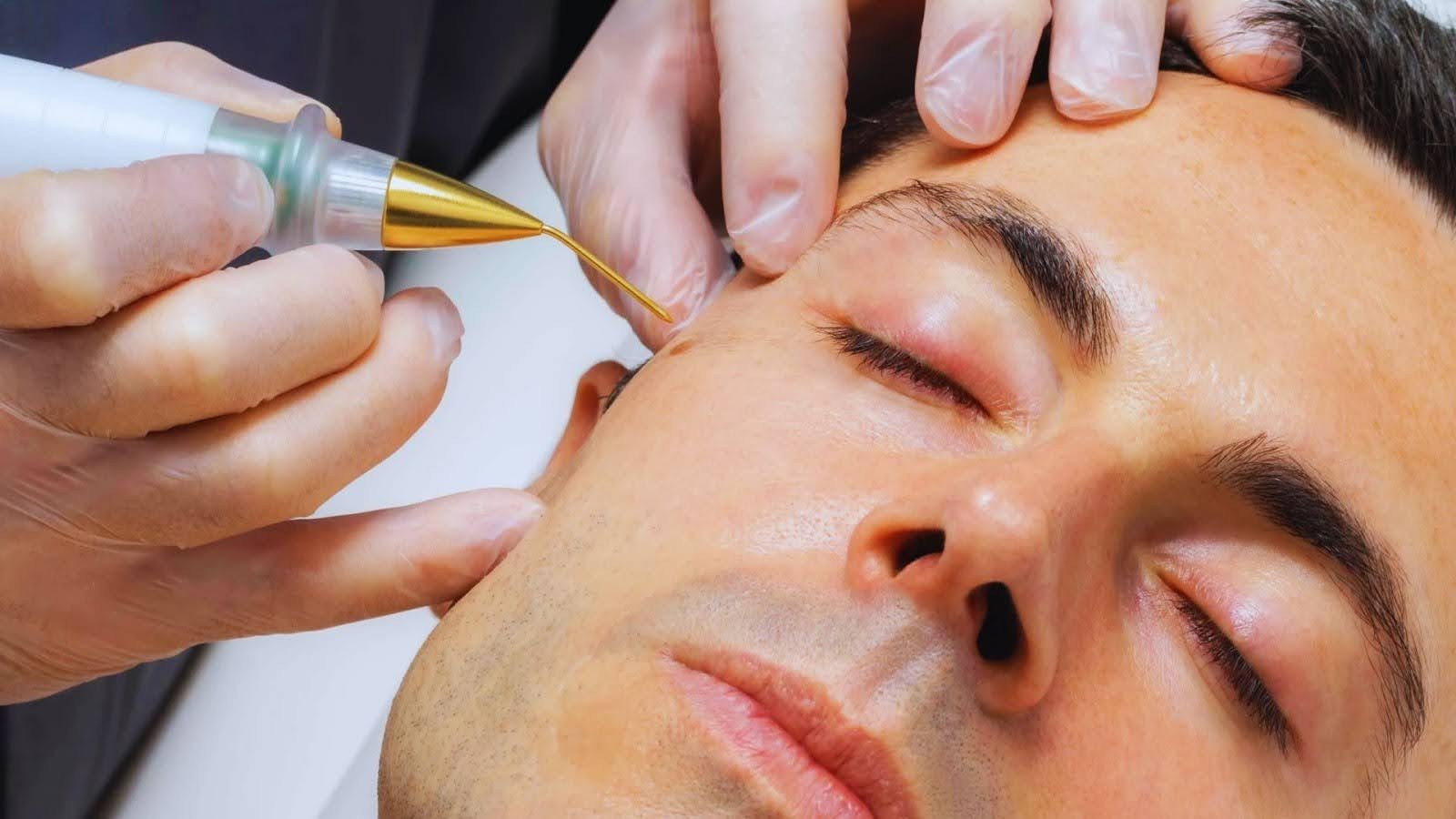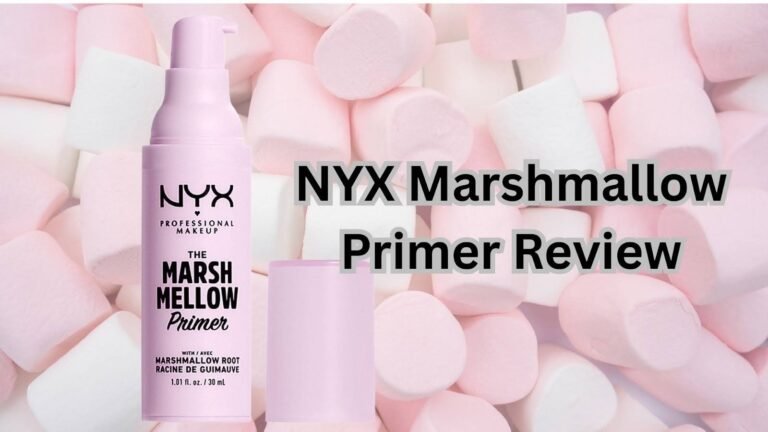Does Getting a Mole Removed Hurt?

If you’ve been asking yourself does getting a mole removed hurt, I completely understand your worry. I had the same fear before my first removal. The truth is, it’s far less painful than you might think.
In this blog, I’ll share what really happens during mole removal and answer your pain concerns honestly.
You’ll learn about the different removal methods, how doctors manage pain, and what recovery feels like.
I’ll also cover when you need to contact your dermatologist. Modern medicine has made this process quick and comfortable.
Trust me, by the end of this article, you’ll feel much more at ease about the whole thing.
Why People Get Moles Removed

People choose to remove moles for different reasons. Some do it to look better. Others do it to stay healthy.
Many people have moles on their face or neck that make them feel self-conscious. Removing visible moles helps them feel more confident. Some moles are raised or large and affect how someone sees themselves.
Not all moles are harmless. Some change shape or color over time. These changes can be warning signs. Doctors need to check them through a biopsy. Some moles are precancerous or cancerous. Removing these growths early protects your health.
How a Mole Is Removed

Removing a mole is simpler than most people think. Doctors use different methods based on the mole’s size and type.
Common Mole Removal Methods
Shave Excision works for raised moles. The doctor uses a small blade to shave the mole off at skin level. This method is quick and leaves minimal scarring.
Surgical Excision goes deeper. The doctor cuts out the entire mole and sometimes the tissue underneath. Stitches may be needed to close the area. This method is best for suspicious moles.
Laser Removal targets small, flat moles that aren’t cancerous. A focused light beam breaks down the mole tissue. The body naturally absorbs what’s left.
Anesthesia and Pain Management
Doctors use local anesthetics to numb the area completely. Some use topical creams that sit on your skin before the procedure. The numbing agent blocks pain signals.
You might feel some pressure during the removal. But actual pain? That’s rare. The anesthesia does its job well. Most patients say they barely felt anything.
Does Getting a Mole Removed Hurt?

This is the question everyone asks. Let me break it down for you.
During the Procedure
Thanks to anesthesia, you won’t feel pain during removal. The numbing medicine takes effect in just a few minutes. Some people feel a tiny pinch when the needle goes in.
After that, most feel nothing at all. The whole process usually takes less than 30 minutes. Many patients are surprised by how easy it is.
After the Procedure
Once the numbness wears off, you might feel some soreness. It’s similar to a small cut or scrape. Some people notice stinging or tenderness around the area.
Over-the-counter pain relievers work well for most people. Ibuprofen or acetaminophen can ease any discomfort. The pain level depends on how big the mole was and how deep the doctor had to go.
Most people say the discomfort is very mild. It fades within a day or two.
What to Expect During Recovery
Recovery is usually straightforward. Your body knows how to heal itself. You just need to help it along.
Normal Healing Sensations:
Some redness around the area is normal. You might see slight swelling for the first day or two. Itching can happen as new skin forms.
Scabbing is part of the healing process. The scab protects the wound underneath. It will fall off on its own when ready.
Managing Discomfort:
Keep the area clean and covered with a bandage. This prevents infection and speeds healing. Your doctor might give you an ointment to apply.
Soothing creams can help with any irritation. Avoid picking at scabs no matter how tempting it feels. Don’t expose the area to direct sunlight early on. This prevents scarring and discoloration.
When to Contact Your Dermatologist
Most mole removals heal without problems. But sometimes your body needs extra help.
- Watch for persistent pain that doesn’t improve after a few days. Pus or drainage from the wound isn’t normal. Unusual redness that spreads outward is a red flag.
- If the area isn’t healing after several weeks, call your doctor. These signs mean something needs attention. Don’t wait and hope it gets better on its own.
- Your dermatologist can check the area and prescribe treatment if needed. Better safe than sorry when it comes to your skin.
Conclusion
I was terrified before my first mole removal. I kept asking myself, does getting a mole removed hurt? Turns out, I worried for nothing. The anesthesia worked perfectly. I felt pressure but no pain.
Afterward, just mild soreness disappeared in two days. A skilled dermatologist makes everything smoother. If fear is stopping you, I get it.
But don’t let worry keep you from taking care of your skin. Schedule that appointment. Your future self will thank you for it.
Frequently Asked Questions
Will I need stitches after mole removal?
It depends on the removal method. Shave excision usually needs no stitches. Surgical excision may require a few stitches to close the wound.
How long does the numbing last?
Local anesthesia typically lasts one to two hours. Any discomfort after that is usually mild and manageable with over-the-counter pain relievers.
Can I go back to work the same day?
Most people return to normal activities immediately. Avoid heavy exercise for a day or two if your doctor recommends it.
Will the mole grow back after removal?
Properly removed moles rarely grow back. If regrowth happens, contact your dermatologist for a follow-up check.
How long does it take to fully heal?
Most mole removal sites heal within two to three weeks. Deeper removals may take up to four weeks or slightly longer.









